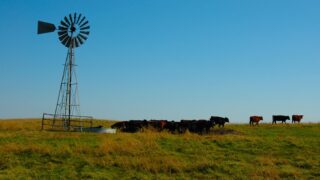In Oceania, the agricultural sector is navigating several challenges and opportunities in 2024. Grain and oilseed markets have seen price volatility, driven by weather conditions and international production dynamics. Wheat prices have declined despite concerns about global supply, while canola prices remain relatively stableNUTRIEN AG SOLUTIONS.The wool market, particularly Merino wool, faces declines in supply due to dry conditions in 2023, affecting fiber quality and productionNUTRIEN AG SOLUTIONS. Meanwhile, the lamb and cattle markets are showing signs of recovery after significant drops, with lamb prices expected to stabilize as flock sizes adjustNUTRIEN AG SOLUTIONSWORLD BANK BLOGS. Additionally, the price of cotton and natural rubber, which are key commodities in Oceania, is expected to rise modestly in 2024 due to increased demand from sectors like automotiveWORLD BANK BLOGS.This mix of factors—weather patterns, international trade, and shifting demand—shapes the agricultural landscape in the region, with both price adjustments and supply shifts on the horizon.
 Australia
Australia Australia’s Grain Production: Wheat Exports and Global Market Impact
Australia produced 36.2M tonnes of wheat in 2022, exporting 60-70%. Learn about its stable grain output and global demand.
 Oceania
Oceania Oceania’s Wheat Production Reaches 36.6Mt Led by Australia
Oceania produced 36.6Mt of wheat in 2022, with Australia leading exports. Climate resilience drives stable supply and growth.